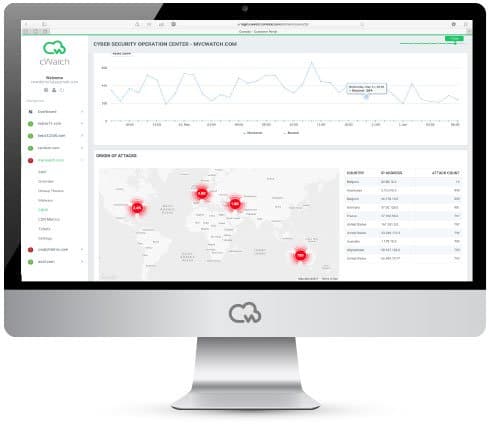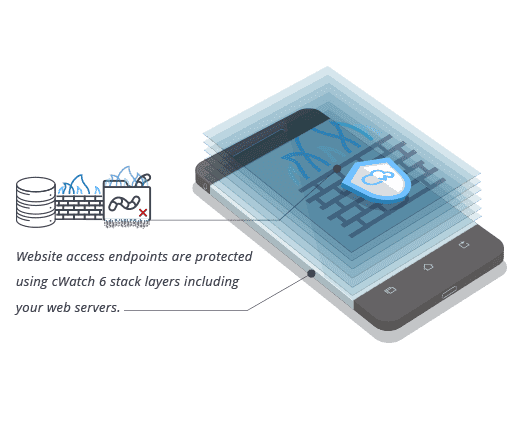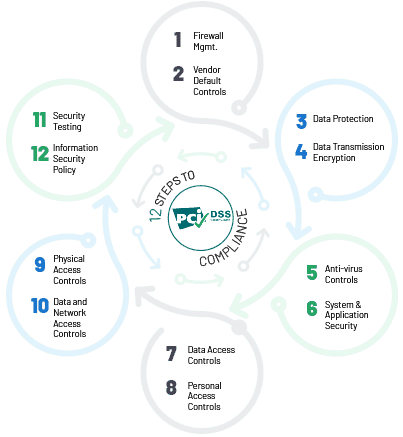Almost every side of our lives is in some way linked to the internet. Email, web navigation, and online shopping are all becoming commonplace in our daily lives. Although the benefits of online services are enormous, the internet is littered with spammy, harmful, and unsafe content. Attackers are becoming more creative in their deception of online users, utilizing simple yet deceptive tactics like a safe URL checker to spread infected links via multiple channels. If the user clicks on a suspicious link without thinking, it could put the user's data, personal details, devices, or financial records at risk.
There are numerous useful indicators to determine whether a web link is safe or not, apart from using a safe URL checker. Some are techniques that assist in catching infected links, while the majority rely on our common sense to "smartly" inspect the link and determine whether it is fake or not. This is because, no matter what techniques we use to investigate suspected sites, absolute safety is difficult to guarantee. Here is our list of indicators for determining whether or not a link is safe, as we evaluate each one in terms of its influence on evaluating the link with a safe URL checker.
Look For HTTPS Protocol
HTTP is the default protocol used when visiting websites; it regulates how web servers and clients interact. The default HTTP protocol is not completely secure because HTTP requests are not encrypted. HTTPS is a protocol extension that adds additional security and encryption layers to HTTP. It is one of the most crucial factors to consider when determining whether or not a link is safe with a safe URL checker.
HTTPS links are more secure than plain HTTP connections. Because any sensitive information you submit via HTTPS is encrypted, it cannot be stolen if the connection is intercepted. To determine whether an HTTPS link is valid with a safe URL checker, two factors must be considered: the link prefix and the certificate.

Verify the Identity of the Sender
Although spam links can be seen anywhere on the internet, the majority of them arise through messaging platforms like e-mails, text messages, and instant messaging apps. According to phishing statistics, email is used in 96% of phishing attacks. Where words like Urgent, Request, Important, Payment, and Attention are found in the top five subject lines.
Scammers have gotten much better at impersonating individuals and relying on service providers, increasing the risk of receiving suspicious messages. Furthermore, friends may unknowingly forward dangerous links in emails or social media posts. For these reasons, if you receive a message requesting action, DO NOT TAKE THIS ACTION until you are able to verify the sender's identity and intentions with a safe URL checker. Don't click on “unsubscribe” links before checking them with a safe URL checker, as all links might be dangerous.
Double Check Shortened URLs with a safe URL checker
A shortened URL is a version of the original link that has been shortened for ease of use and distribution. When we click on a shortened URL, we are redirected to the original page. Malware distributors often use link-shortening services like Bitly and TinyURL to conceal the real destination of the link. It's difficult to tell if a shortened link is safe just by looking at it. Because a link of this type usually refers to a shortening service, which then redirects it to the final destination. Furthermore, a safe URL checker does not handle shortened URLs correctly. This safe URL checker scans the shortening service website rather than the original link location.

General Link Safety Tips
Scan the Link With a safe URL checkerA link scanner or a safe URL checker are websites and browser plug-ins that let you to enter the URL of a vicious link and determine its safety. Safe URL checkers index the remote destination and then report what they find, eliminating the need to load the website on your own device.
Switch on Real-Time or Active Scanning in Anti-Malware Software
Use any active or real-time scanning options offered by your safe URL checker or anti-malware software. These options may consume more system resources, but it is preferable to detect malware while it is attempting to enter your system rather than after it has already infected your computer.
Update Your Anti-Malware and Antivirus Software
If your safe URL checker or antivirus software does not have access to the most recent virus definitions, it will be unable to detect the most recent threats in the wild that may infect your device. Ensure your software is set to auto-update on a routine basis, and confirm the date of the most recent update to ensure that updates are being performed.
Consider Adding a Second-Opinion Malware Scanner
If your primary antivirus fails to detect a threat, a second-opinion malware scanner can provide a backup line of defense. An excellent third-party safe URL checker can make a significant difference.
Best Safe URL Checker To Use - cWatch Comodo
Check your URL/website with cWatch safe URL checkers for free! Being the world's most secure website safety solution, Comodo cWatch safe URL checker offers the most efficient features for malware removal and web security. Visit for more.





